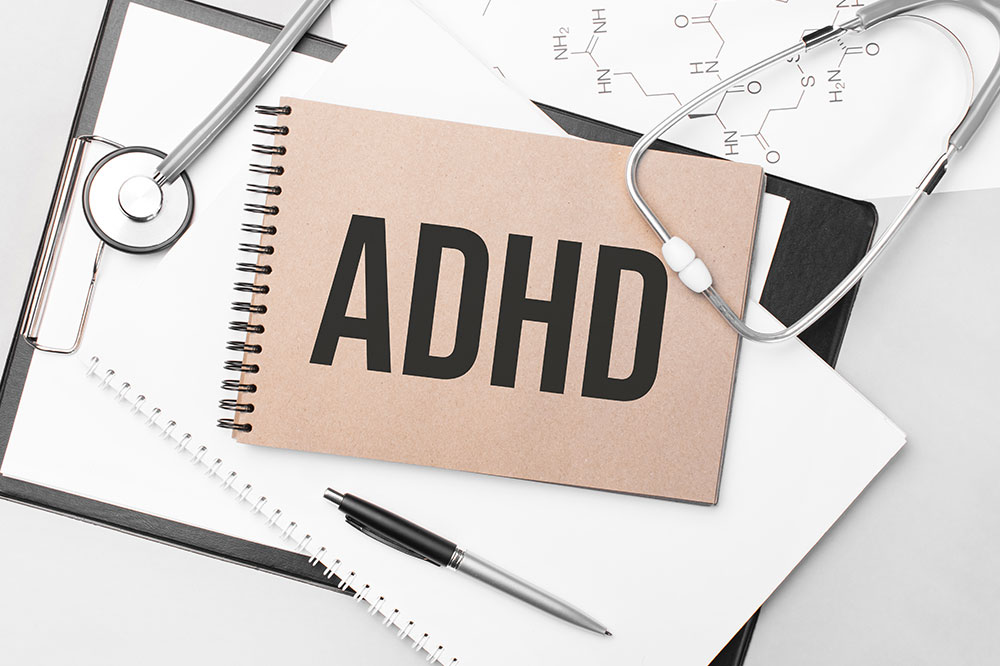6 factors that make cities the worst for migraine sufferers

Life can be a constant battle with pain, discomfort, and a range of triggers that might set off debilitating headaches for individuals who struggle with migraines. While the triggers could vary from person to person, certain city elements could make life particularly challenging for migraine sufferers. Here are a few factors that make living in certain cities difficult for those who experience frequent migraine attacks. The ones mentioned below are likely to exacerbate migraine:
1. Poor air quality
Cities with high levels of air pollution and poor air quality could be particularly harsh for migraine sufferers. Airborne pollutants and allergens may trigger migraines in many individuals. Diesel exhaust, industrial emissions, and fine particulate matter are just a few of the culprits that might worsen migraine symptoms. The constant exposure to polluted air increases the frequency of migraines and makes them more intense and longer-lasting.
2. High pollen concentration
A few cities are known for their high pollen concentrations compared to other regions. However, this could be a trigger factor for those with pollen allergies. Inhaling the allergen could trigger asthma, leading to inflammation, a runny nose, congestion, and post-nasal drip. Allergies and asthma could also increase the frequency of migraines, which occur due to the activation of cells close to the outer layer of the brain and trigeminal nerve. This is the primary “pain generator” for migraine headaches. Therefore, experts may recommend that people with allergies who also develop migraines steer clear of cities with higher pollen concentrations.
3. Extreme weather
Weather patterns could have a significant impact on migraine frequency and severity. Cities with extreme weather, such as excessive heat, cold, or rapid changes in atmospheric pressure, could be challenging for migraine sufferers. Locations with scorching summers may trigger migraines in susceptible individuals due to the extreme heat and high levels of dehydration. Similarly, cities with unpredictable weather patterns may pose challenges, as sudden shifts in temperature and pressure may trigger migraines.
4. High noise pollution
Noise pollution is another significant concern for those with migraines. Loud and constant noise from traffic, construction, and other urban activities might exacerbate stress levels and trigger migraines in individuals who are sensitive to sound. The constant background noise, including sirens, car horns, and construction work, might make it difficult for migraine sufferers to find a quiet and peaceful environment.
5. Bright lights and flashy signs
Those with migraines often have heightened sensitivity to light, known as photophobia. Cities with excessive artificial lighting and glaring displays could be especially problematic. Cities with bright lights and flashy signs could be chaotic for individuals with migraines. The neon lights that dominate a city’s landscape may trigger migraines and make it difficult for those with photophobia to find respite.
6. Stressful lifestyle
The fast-paced and high-stress lifestyle of many cities might contribute to migraine development and frequency. The constant pressure to keep up with demanding work schedules, long commutes, and crowded public spaces could affect individuals’ mental health. The stress associated with these environments may trigger episodes and make managing complications harder.






